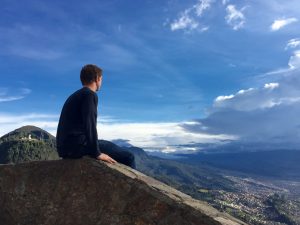
Nick Brown, 2015-2016, Fulbright English Teaching Assistant to Colombia
Are you considering applying to or have you recently been awarded a Fulbright grant? If so, this article is for you.
I just completed a year as a Fulbright English Teaching Assistant (ETA) in Colombia. Since the experience was the best year of my life, I want to share five tips to help you with your application and/or grant.
Tips one and two are for applicants while tips three through five are for current grantees, and may also be useful to Fulbright hopefuls.
Advice for applicants
1. Decide whether you want to pursue a Fulbright ETA or a Study/Research grant.
Do you want to work in education or have experience in teaching or tutoring? If so, then an ETA grant is probably right for you.
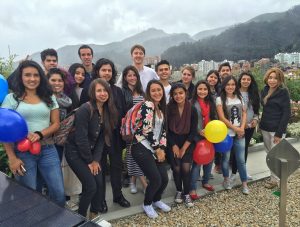
Teaching English at EAN University turned out to be the perfect fit for Nick Brown, 2015-2016, Fulbright English Teaching Assistant to Colombia (back row, third from left).
Prior to my Fulbright grant, I taught with Teach for America in Mississippi and while I was an undergrad at the University of Southern California, I tutored student-athletes. Becoming an ETA felt like the next step for me after these experiences.
For those with a specific academic interest, a Study/Research grant might be a better option to pursue. My fellow Fulbrighters in Colombia researched the justice system, conflict resolution, HIV-AIDS prevention, and other fascinating subjects. Fulbright welcomes applications in all fields of study!
2. Choose a host country.
Deciding where you will do your Fulbright is simple for applicants who have previously studied in or conducted research on a specific city, country, or region.
For others, choosing a country can be difficult. Think about your goals and where you want to be next year – and beyond. Then, study the country profiles on the Fulbright U.S. Student Program website.
I wanted to learn Spanish, teach at the university level and start in the summer. Colombia offered all of those opportunities, and Bogotá was a great city to live in.
Advice for current grantees and applicants
3. Focus on what you are in your host country for as a Fulbrighter.
You were awarded a grant because Fulbright reviewers saw great potential in your ability to either assistant teach English, or, conduct research. I devoted a lot of time and effort to helping students at EAN University in Bogotá. Because of this, my students and I developed deep relationships, and their English language skills improved.
Students even threw Lincoln, another Fulbright ETA also teaching at EAN, and I a despedida, a going away party.
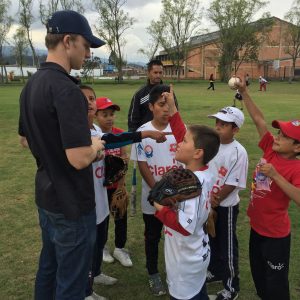
Nick Brown, 2015-2016, Fulbright English Teaching Assistant to Colombia (left), coaching baseball for youngsters in Chiquinquira, a town in the department of Boyaca, through the organization he worked for, Project Béisbol.
4. Create an interesting community engagement project.
For ETAs, you will be teaching for approximately 30-hours a week. For the remaining work week hours, you’ll be expected to complete a community engagement project. To identify your project, determine what your interests are. I love baseball and social media, so I directed communications for Project Béisbol, a non-profit that brings sports to communities in need. Through this organization, I worked with amazing people throughout the country. I also created English interpretations of Colombian songs, and developed my Spanish skills. I also traveled and took photos throughout the country, including the Colombian Pacific.
5. Develop relationships.
Fulbright’s mission is to promote mutual understanding between the people of the United States and the people of other countries. To further this mission, interact with people in your host country.
Something amazing happened when my students and I critically analyzed Colombian stereotypes. My students shared incredible stories of injustices their families have endured. Inspired, I wrote an article that went viral, gaining roughly 250,000 viewers. This was only possible through the relationships I made during my grant.

During his Fulbright U.S. Student grant, Nick Brown took photos throughout the country, including the Colombian Pacific, pictured here.
To strengthen your current relationships, tap into your network. With a friend who teaches high school Spanish back home in the United States, I connected 200 of my Fulbright ETA students through a pen pal program. The participating students learned about each other’s cultures while sharing each of their own.
Now back at home, I’m excited to use some of the lessons I learned in Colombia. This summer, I’ll write policy for a State Senator leading education reform and work at an organization helping paraprofessionals to become teachers.
I had an incredible Fulbright experience and highly recommend that others apply. If you have questions or comments, feel free to connect with me.
Facebook: www.facebook.com/nickm.brown
Instagram: https://www.instagram.com/nickbrownco/
Snapchat: BrownyBite
Twitter: https://twitter.com/NickBrownCO

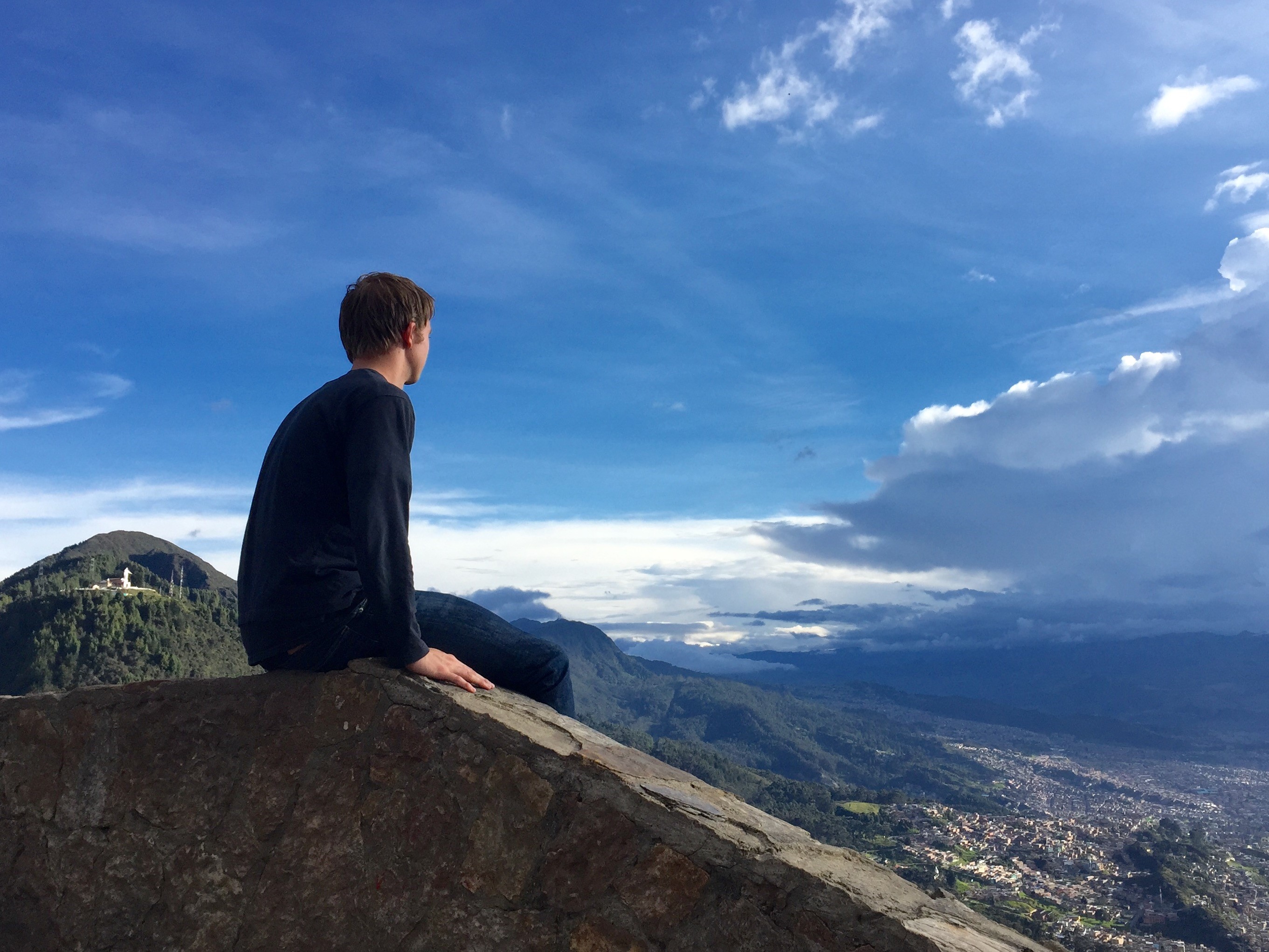
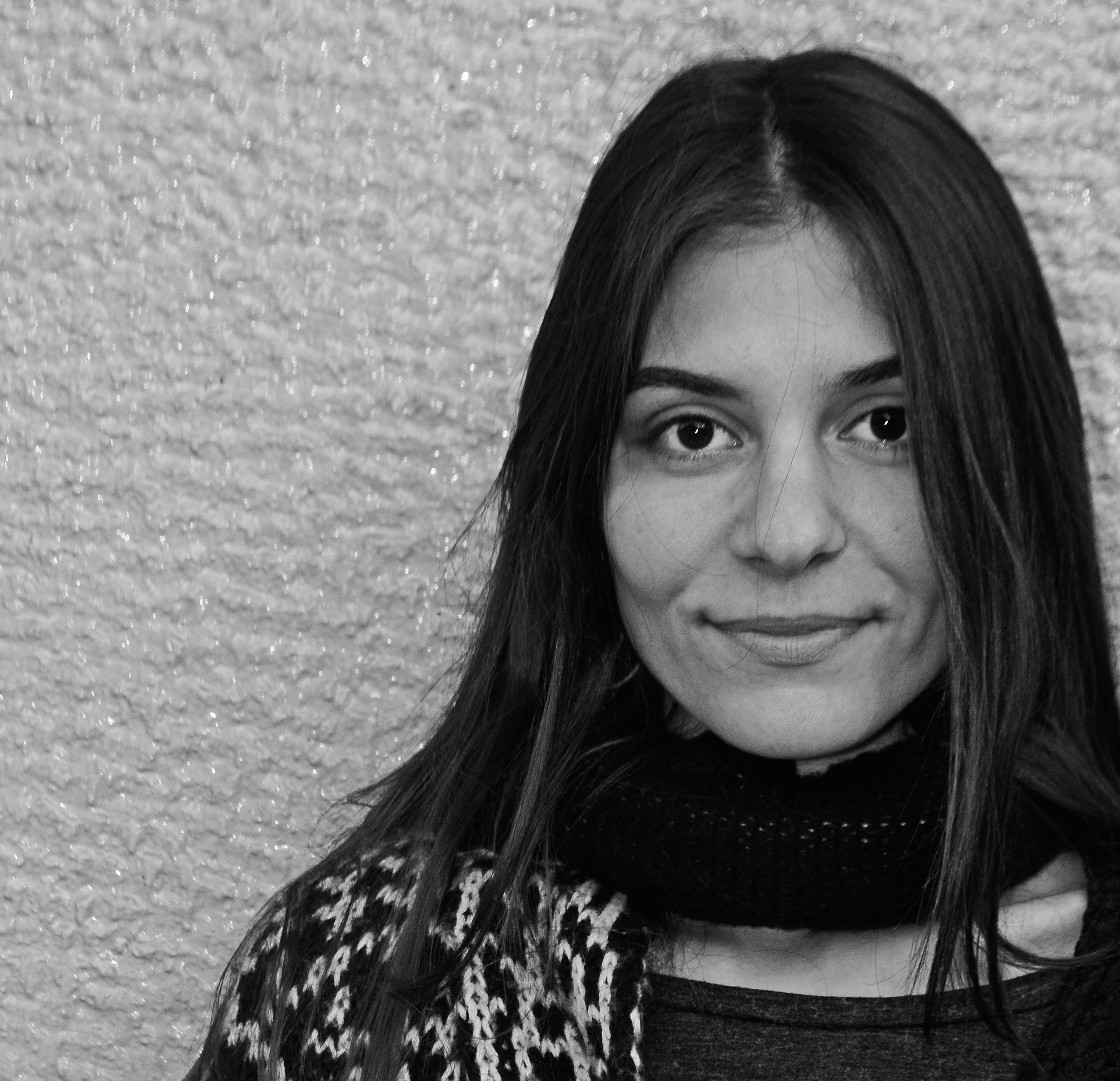
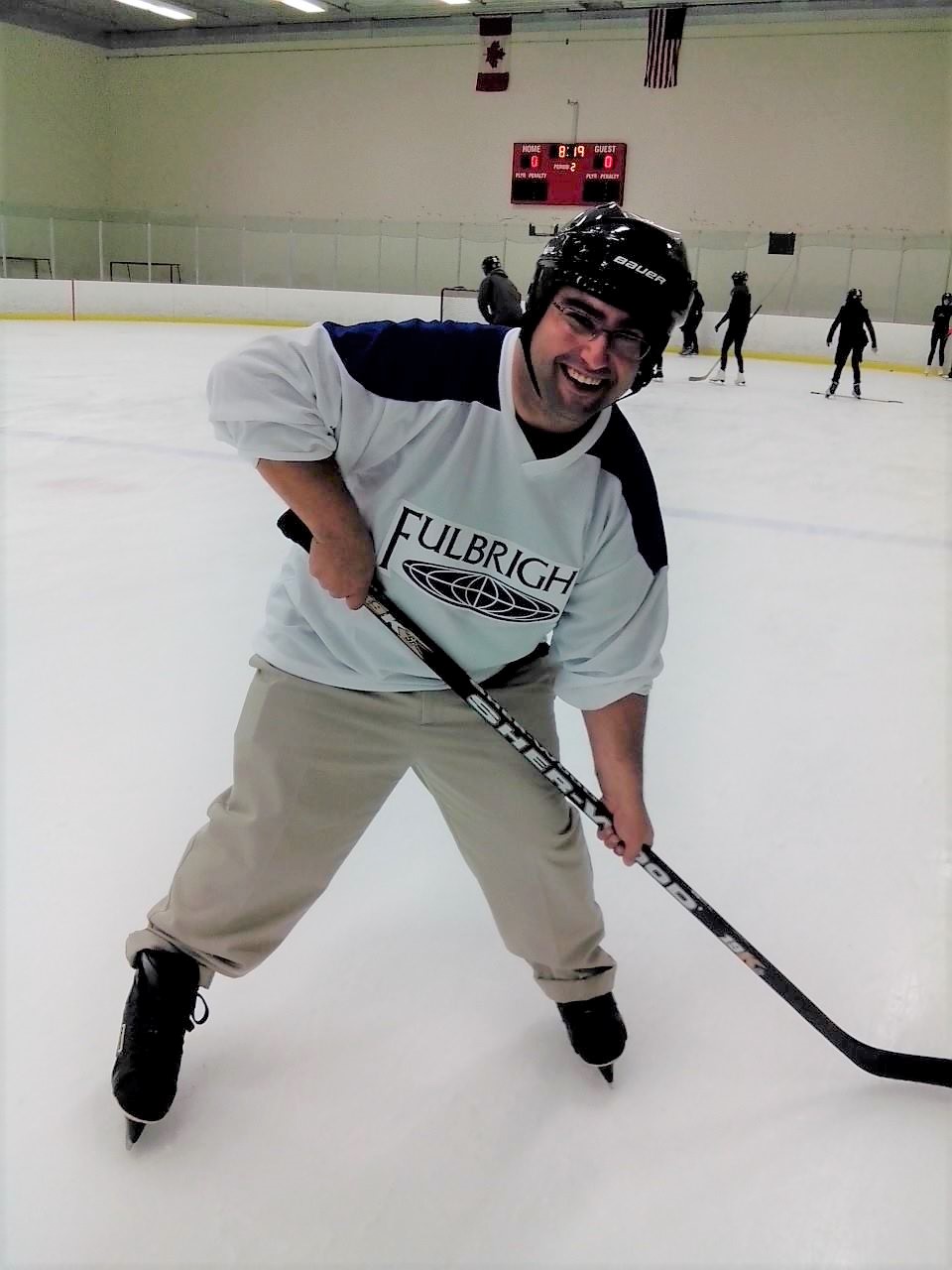
4 Comments
Nick,
Thanks for sharing your Fulbright experience in Colombia! As a Fulbright ETA applicant for the 2018-19 grant period, I would love to hear more about your work with the NGO during your community engagement project.
i need a sholarship for moor study ,,, i think fullbright sholarship is best way for me
i have no sholarship
Suyan,
To learn more about how to apply for a Fulbright grant, please visit http://www.eca.state.gov/fulbright. Note that you will need to apply through the country in which you hold citizenship. Good luck!